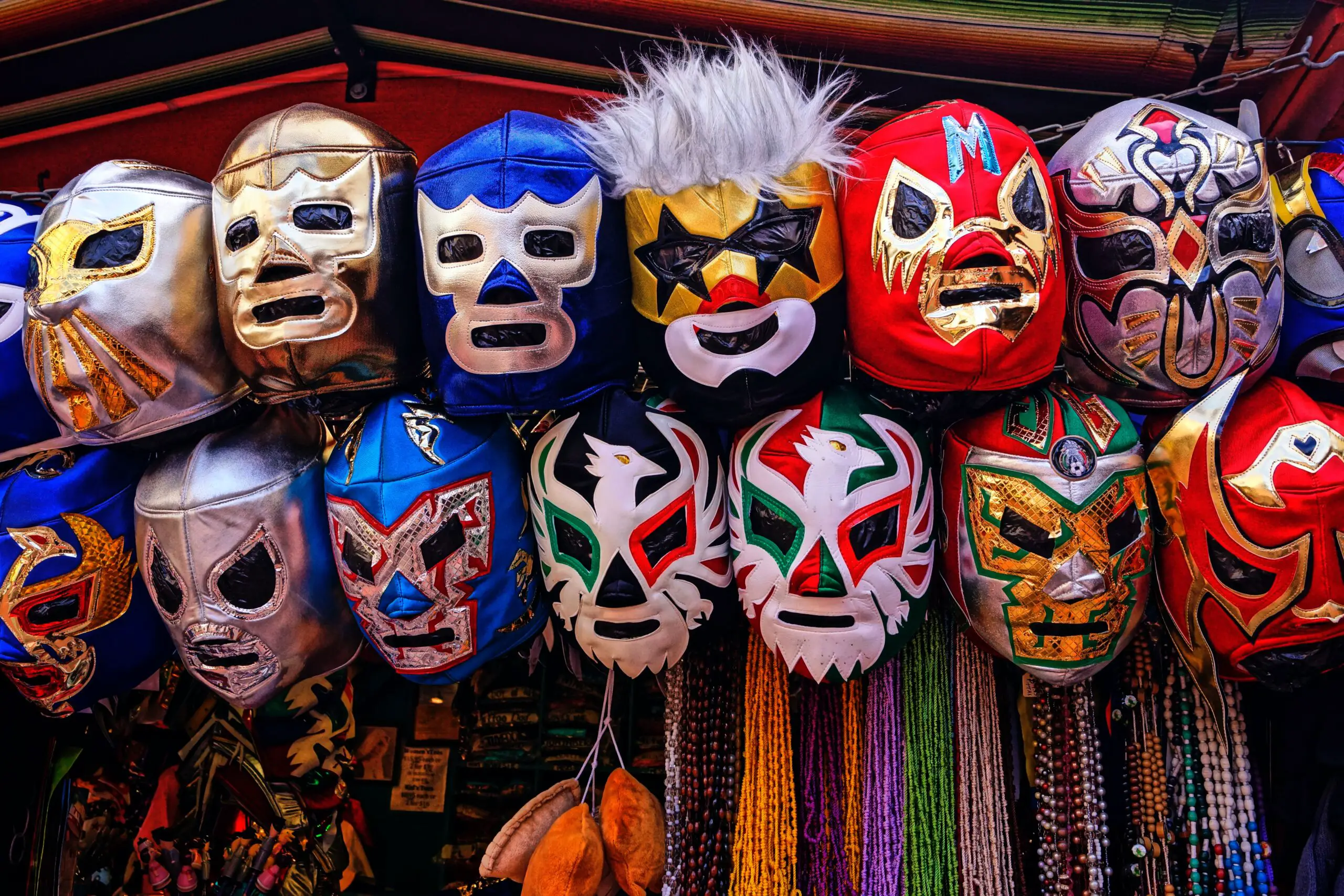You’ve travelled a long way to the warmer regions in Mexico and now you are here to soak in a little culture along with the sun. What do most people do? If your answer is shop for souvenirs, you are correct. As an American living in one of Mexico’s most infamous tourist regions, everyday I see countless tourists looking for the perfect piece of Mexico to take home but what most don’t realize is that a lot of it is made in China. Yup, China! Who would have thought?
Outsourcing to China is no longer a thing of the highly-developed countries. It is now a problem of Mexico’s emerging market. However, this doesn’t mean that you can’t find something that is traditionally Mexican to take home. Al contraire! Just be careful and beware of the words ‘Hecho en China’.
Mexico does remain unique in that, unlike the United States, there still are a lot of products that are made in Mexico, the beautiful blue glassware, hand-woven garments, hammocks and pottery to name a few but if you are in one of Mexico’s main tourist regions, watch what you buy. In the Yucatan Peninsula, Cozumel is the biggest culprit. Cancun’s main tourist district comes in at a close second. And as for the Riviera Maya, it is not at as bad but you should also take caution while vacationing there.
So how do you avoid buying a Mexican souvenir that is really Chinese in origin?
Table of Contents
1. Before embarking on your trip, do your research. Know what is typically Mexican and what is not.
Here are a few examples:
- Hammocks, mostly hand-woven in Mexico’s southern regions. I’ve yet to see one that was imported.
- Silver, something easy to find throughout the country. Just look for the “MEXICO 925” or simply “925” inscribed on the back of the item and I can guarantee you that it is from Taxco, Mexico.
- Xtabentun Liqueur, a type of liqueur that can only be from Mexico’s Yucatan Peninsula and nowhere else, the region mostly known for the white sand beaches and the Caribbean Sea.
- Black pottery comes from Mexico’s west coast, more specifically, the state of Oaxaca, a beautiful state nestled next to the Pacific Ocean.
- Talavera, beautifully hand-painted and colorful pottery that comes from the state of Puebla, just south of one of the world’s biggest cities, Mexico City.
2. Buy directly from the indigenous and support sustainability.
Unless you are away from the tourist regions, buying directly from the indigenous can be a bit tricky. In the Yucatan, Merida, Mexico is the best for Mayan co-ops and Cozumel, the absolute worst. If you are in Cancun, try Market 28 (Mercado 28). There, a few Mayas have stands where they sell typical hand-woven table runners and scarfs.
Also, Playa del Carmen’s infamous 5th avenue is home to a few boutiques that sell products made by the Mayas. However, in Playa del Carmen it is still not entirely clear as to what percentage of the profit the Mayas receive.
3. Ask around and determine the best places to go shopping.
Ask a local! People in Mexico are very friendly and helpful. If you do not speak Spanish, use Google Translator and try your best, so they see you’re putting in the effort. You might also come across someone speaking English.
4. Avoid the chinzy looking knickknacks and t-shirts.
Mexico has a lot to offer. It is still a country that carries distinct and unique cuisine, artisanry and culture depending on the region. It is sad to see vendors not taking advantage of these riches and instead selling cheap imported products in areas with the highest tourist traffic. By purchasing such products, we are only slowly erasing what is true Mexico and taking home what is really….well, Chinese.

It’s not a matter of where, but when. Time is precious and my time spent living and experience the cultures of this world is what I lust for. This is why I created this website, to share true, genuine experiences and not just typical touristy info. Travel, the love of coffee, and food!
